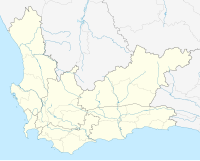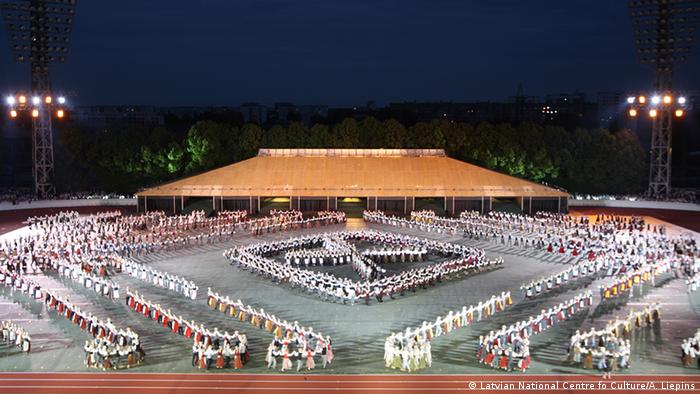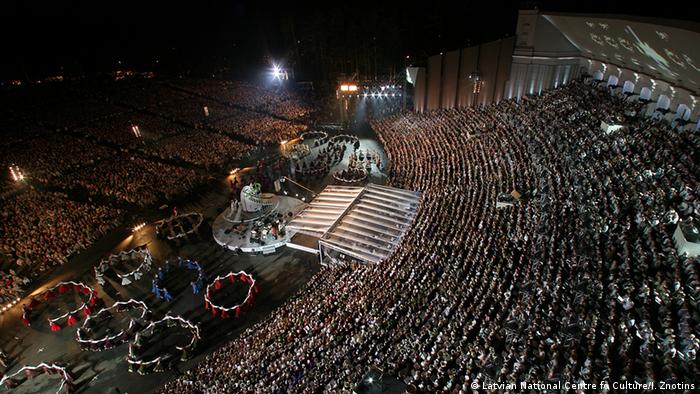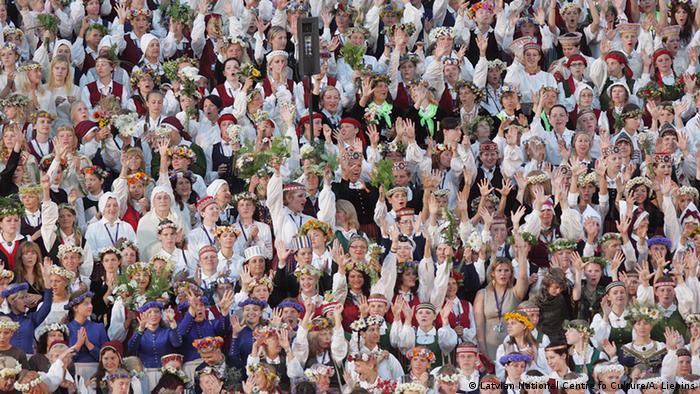Robben Island
Robben
Island is an island in Table Bay, 6.9 km west of the coast of
Bloubergstrand, Cape Town, South Africa. The name is Dutch for "seal
island". Wikipedia
'Deeply Humbled' Obama Visits Mandela's Former Jail Cell

President Obama looks out the window of the
Robben Island prison cell that once held Nelson Mandela. The president
and his family visited the prison on Sunday.
After visiting the jail cell on South Africa's Robben Island where Nelson Mandela spent 18 of his 27 years in prison during the long struggle against apartheid, President Obama wrote on Sunday about the bravery of Mandela and others who demanded their rights.
In a message he added to the island's visitors book, the president said:
Bloomberg News' Margaret Talev has . The president and first lady Michelle Obama signed it."On behalf of our family we're deeply humbled to stand where men of such courage faced down injustice and refused to yield. The world is grateful for the heroes of Robben Island, who remind us that no shackles or cells can match the strength of the human spirit."
Mandela, who turns 95 on July 18, has been hospitalized in Pretoria as doctors treat him for a lung infection. He remains in critical, but stable, condition.
As :
Obama had visited the prison once before; in 2006, when he was a U.S. senator.Mandela, NPR's reminds us, was born in a country that viewed him as a second-class citizen. But from his childhood as a herd boy, Mandela went on to lead the African National Congress' struggle against the racially oppressive, apartheid regime of South Africa. For his efforts, he spent 27 years behind bars as a political prisoner, finally being released in 1990.
In 1993, Mandela with former South African President Frederik Willem de Klerk — the nation's last white leader. They were recognized for "their work for the peaceful termination of the apartheid regime, and for laying the foundations for a new democratic South Africa."
Then, in 1994, Mandela was elected president in South Africa's first democratic elections. He pledged to serve just one term and .
Also Sunday, , Obama is outlining a "Power Africa" program that aims to "double access to electricity on the continent." It's a $7 billion initiative, .
Update at 1:50 p.m. ET. More About "Power Africa":
In a speech Sunday evening (local time), Obama said the aim of the "Power Africa" initiative, which would be spread over five years, is to "double access to power in sub-Saharan Africa."
According :
"Power Africa is Obama's clearest attempt to launch his own legacy-making initiative. The White House said six countries will participate in its first phase: Ethiopia, Ghana, Kenya, Liberia, Nigeria and Tanzania. Those nations have committed to making energy sector reforms that will encourage outside investment, officials said.
"Seven private companies have agreed to invest in improving and expanding the power grid. Those investors include General Electric, which plans to bring 5,000 megawatts online in Tanzania and Ghana, and Heirs Holdings, which has promised $2.5 billion of investment and financing in energy, according to the White House."



























